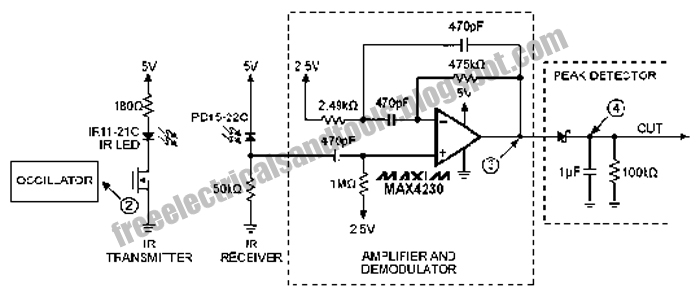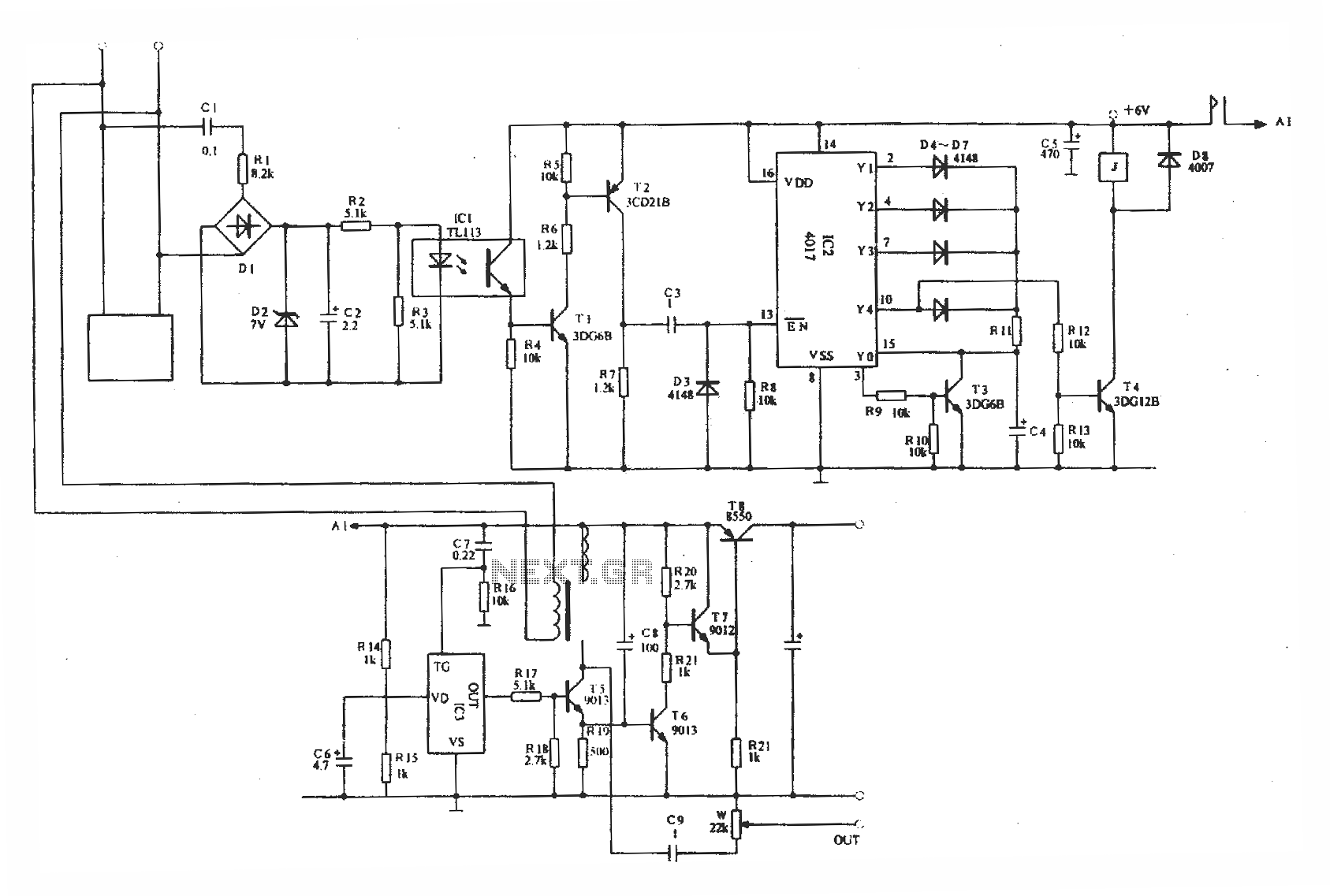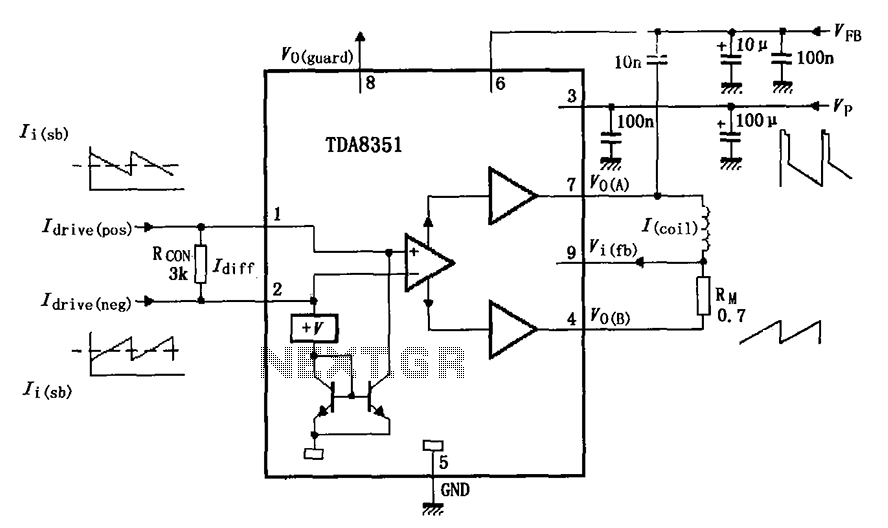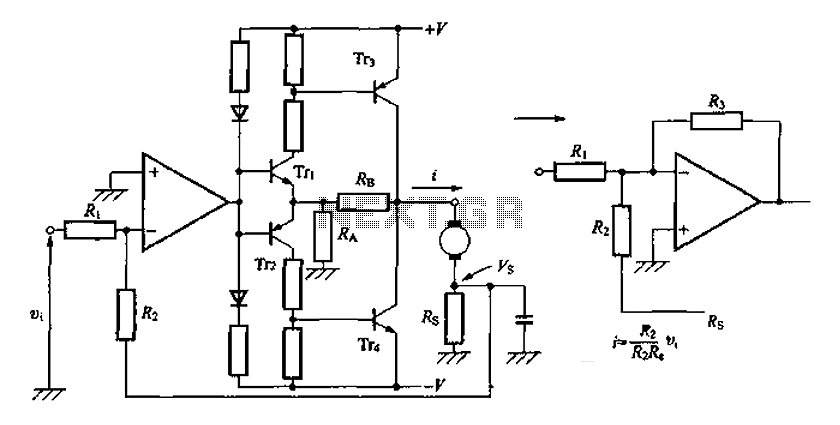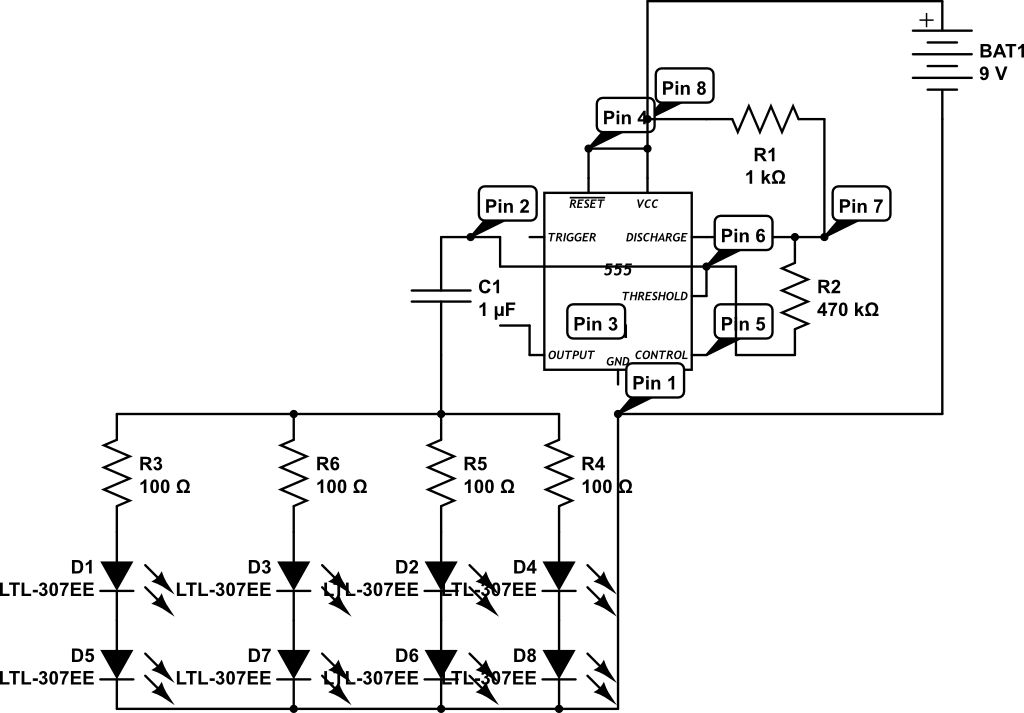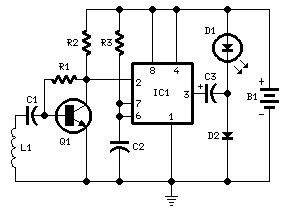
10 Watt TDA2002 Amplifier Circuit
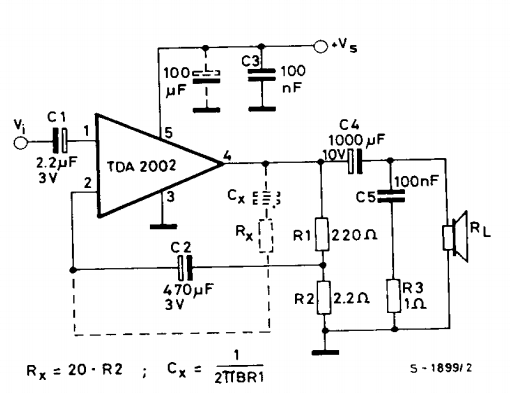
This is a power amplifier circuit built using the TDA2002 power amplifier IC module. It serves as a replacement for the original LM383, which is no longer available. The circuit is easy to assemble and requires a minimal number of external components. The module features both short circuit protection and thermal protection. It can drive loads as low as 1.6 ohms and is capable of delivering over 10 watts from a 16V supply. The compact amplifier is designed around the TDA2002 IC, which can deliver 4W RMS at 4 ohms. The supply voltage can range from 8V to 18V, and the IC can tolerate transient voltage peaks of up to 28V without sustaining damage. The TDA2002 maintains additional advantages such as a very low number of external components, ease of assembly, and savings in space and cost. The device offers a high output current capability of up to 3.5A and exhibits very low harmonic and crossover distortion. Complete operational safety is ensured through protection against DC and AC short circuits between all pins and ground, as well as thermal overload protection.
The TDA2002 power amplifier circuit is designed for applications requiring efficient amplification with minimal component count. The circuit's architecture allows it to operate effectively within a wide voltage range, making it versatile for various power supply configurations. The TDA2002 IC is housed in a compact package, facilitating easy integration into both DIY projects and commercial products.
The circuit typically includes a few passive components such as resistors and capacitors, which are essential for setting the gain and ensuring stability. The input stage of the amplifier may incorporate a capacitor to block any DC offset from the source, allowing only the AC audio signal to pass through. This is crucial for maintaining signal integrity and preventing unwanted distortion.
The output stage of the amplifier is robust, capable of handling low impedance loads, which is particularly beneficial in applications such as automotive audio systems or portable speaker designs. The short circuit protection feature is vital for preventing damage to the IC in case of accidental shorts, while the thermal protection ensures that the amplifier operates within safe temperature limits, thus enhancing the longevity of the device.
In terms of performance, the TDA2002 is noted for its low harmonic and crossover distortion, making it suitable for high-fidelity audio applications. The ability to deliver significant power output while maintaining sound quality makes this amplifier an excellent choice for both hobbyists and professionals looking to create reliable audio amplification solutions. Overall, the TDA2002 power amplifier circuit exemplifies a practical design that balances performance, safety, and ease of use.This is a power amplifier circuit which built using a TDA2002 power amplifier IC module. These are replacements for the original LM383 which is no longer available. It is easy to build and has a minimum of external components. The module has both short circuit protection and thermal protection. It can drive loads as low as 1. 6 ohm and is capable o f delivering over 10 watts from a 16 V supply. The small amplifier is constructed around the TDA2002 IC, capable of delivering 4Wrms at 4ohms. The supply voltage may be anywhere between 8 and 18V, and the IC will accept transient voltage peaks of up to 28V without damage. The additional features of TDA 2002, very low number of external components, ease of assembly, space and cost saving, are maintained.
The device provides a high output current capability (up to 3. 5A) very low harmonic and cross-over distortion. Completely safe operation is guaranteed due to protection against DC and AC short circuit between all pins and ground, thermal over-range. 🔗 External reference
The TDA2002 power amplifier circuit is designed for applications requiring efficient amplification with minimal component count. The circuit's architecture allows it to operate effectively within a wide voltage range, making it versatile for various power supply configurations. The TDA2002 IC is housed in a compact package, facilitating easy integration into both DIY projects and commercial products.
The circuit typically includes a few passive components such as resistors and capacitors, which are essential for setting the gain and ensuring stability. The input stage of the amplifier may incorporate a capacitor to block any DC offset from the source, allowing only the AC audio signal to pass through. This is crucial for maintaining signal integrity and preventing unwanted distortion.
The output stage of the amplifier is robust, capable of handling low impedance loads, which is particularly beneficial in applications such as automotive audio systems or portable speaker designs. The short circuit protection feature is vital for preventing damage to the IC in case of accidental shorts, while the thermal protection ensures that the amplifier operates within safe temperature limits, thus enhancing the longevity of the device.
In terms of performance, the TDA2002 is noted for its low harmonic and crossover distortion, making it suitable for high-fidelity audio applications. The ability to deliver significant power output while maintaining sound quality makes this amplifier an excellent choice for both hobbyists and professionals looking to create reliable audio amplification solutions. Overall, the TDA2002 power amplifier circuit exemplifies a practical design that balances performance, safety, and ease of use.This is a power amplifier circuit which built using a TDA2002 power amplifier IC module. These are replacements for the original LM383 which is no longer available. It is easy to build and has a minimum of external components. The module has both short circuit protection and thermal protection. It can drive loads as low as 1. 6 ohm and is capable o f delivering over 10 watts from a 16 V supply. The small amplifier is constructed around the TDA2002 IC, capable of delivering 4Wrms at 4ohms. The supply voltage may be anywhere between 8 and 18V, and the IC will accept transient voltage peaks of up to 28V without damage. The additional features of TDA 2002, very low number of external components, ease of assembly, space and cost saving, are maintained.
The device provides a high output current capability (up to 3. 5A) very low harmonic and cross-over distortion. Completely safe operation is guaranteed due to protection against DC and AC short circuit between all pins and ground, thermal over-range. 🔗 External reference
Warning: include(partials/cookie-banner.php): Failed to open stream: Permission denied in /var/www/html/nextgr/view-circuit.php on line 713
Warning: include(): Failed opening 'partials/cookie-banner.php' for inclusion (include_path='.:/usr/share/php') in /var/www/html/nextgr/view-circuit.php on line 713
